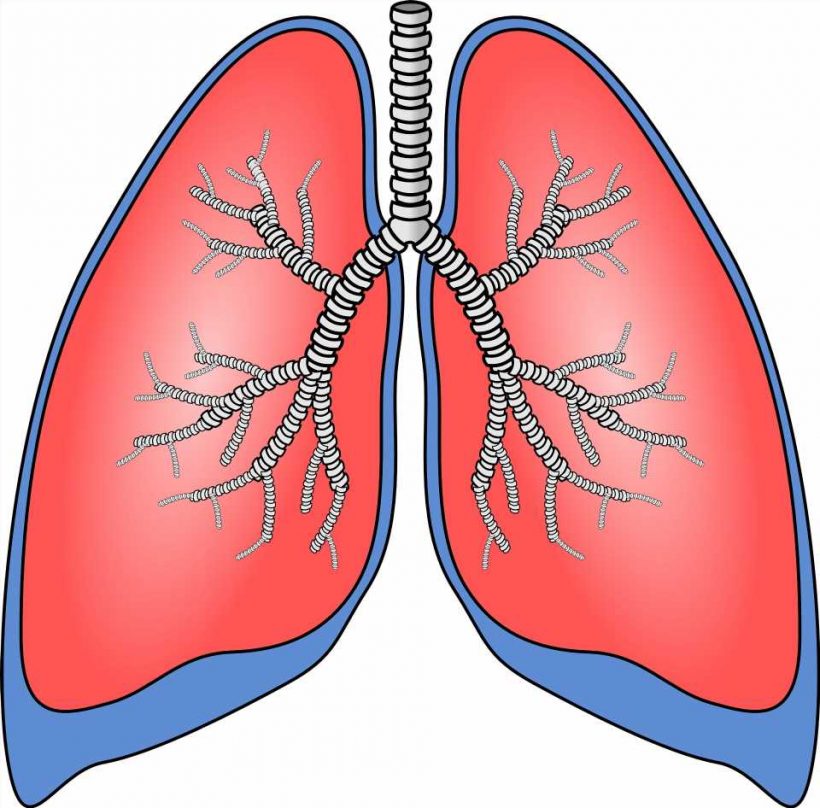
Lung cancer is the leading cause of cancer death in the U.S., making up 25% of cancer deaths. With obesity rates simultaneously rising, researchers have investigated the connections between cancer risk and body mass index (BMI). Unlike most other cancer types, where higher BMI is associated with increased risk of cancer, research has established that people with higher BMI paradoxically have lower rates of lung cancer diagnosis.
However, a recent study by. Hee-Soon Juon, Ph.D., professor of Population Science in the Department of Medical Oncology, has called this paradox into question for African Americans. Using data from over 53,000 lung cancer screenings carried out through the National Lung Screening Trial, she found that while obesity appeared to be associated with a lower risk of lung cancer in the general population, this relationship did not hold true for African Americans.
Since 2013, recommendations from the US Preventative Services Task Force stated that individuals with a high risk for lung cancer, defined by age and smoking history, should be screened for lung cancer. The eligibility criteria were broadened in 2021 to reduce underscreening of populations at highest risk for lung cancer, including African Americans. The data from these screenings has become a vital resource for researchers searching for factors that increase risk of lung cancer diagnosis and mortality.
Dr. Juon’s research team found that while previous research had analyzed lung cancer screenings for general correlations between BMI and lung cancer diagnosis, no one was studying these trends within racial groups. “African Americans have a lower rate of lung cancer than the general population but suffer from much higher mortality,” says Dr. Juon.
“It is important we understand how this disease affects specific populations differently so we can address disparities in lung cancer mortality. While the mechanisms underlying the existing inverse correlation between BMI and lung cancer diagnosis are not yet understood, it is important we specify what populations this applies to so we can create targeted screenings and treatment options.”
Through regression analysis, the researchers found consistent inverse relationships between cancer diagnosis and BMI for the overall population and the white population—individuals with lower BMI were more frequently diagnosed with lung cancer.
However, with African Americans this relationship was not statistically significant, meaning obesity is not associated with a decrease in cancer risk for this population. Understanding this relationship is important as there is the possibility of other unexplored and unknown mechanisms factoring into lung cancer risk that may be specific to certain populations.
One limitation of this study was that this large sample population had very low levels of African American participation, making up 5% of the study population, while African Americans account for 12.5% of the general U.S. population. For a multitude of reasons, clinical trials commonly have low participation by vulnerable populations. Specifically in lung cancer screening, one possible explanation is that the high-risk criteria excluded many African American smokers who were found to have significantly higher rates of cancer at younger ages and lower smoking rates.
Although the screening criteria were broadened in 2021, this screening barrier, among others, has led to lower levels of African-American participation in this national data set.
More research is necessary to make conclusive claims on the relationship between BMI and lung cancer diagnosis in African American populations, says Dr. Juon. “Until then, our current conclusions are still our best tool in creating strategies for cancer screening and treatment.” This research highlights that trends in overall patient data may lead to disease mechanisms that are not applicable to all patient groups. Targeted approaches to various patient subgroups are needed if we are to achieve health equity in our outcomes.
Source: Read Full Article
